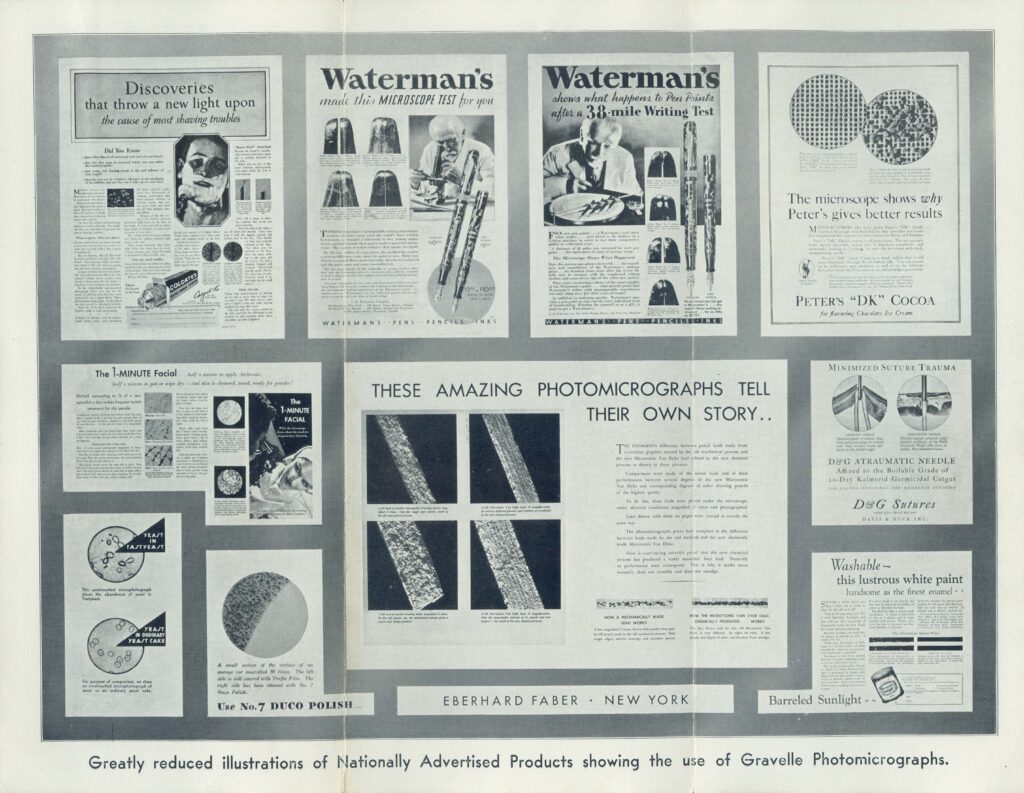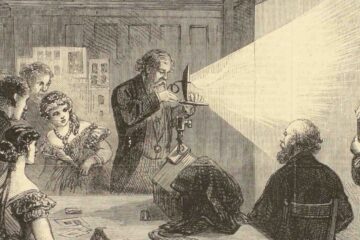Tucker, “The Hidden World of Science: Nature as Art in 1930’s American Print Advertising,” Spontaneous Generations: A Journal for the History and Philosophy of Science 6:1 (Fall 2012): 90-105. Pdf available here.
Abstract: “Photographs deployed in scientific investigation also are circulated and consumed in popular culture. Examination of the work of an early-twentieth-century consulting U.S. scientist in commercial print advertising illuminates a still mostly unwritten history concerning scientific realism, photography, and American advertising’s middle-class audiences. The work of American scientific photographer Philip O. Gravelle (b. 1877) with American national advertising campaigns during the early decades of the twentieth century draws attention to the myriad creative uses of scientific photography during the first decades of the twentieth century. It also sheds new light on a pivotal era in the evolution of illustration-based American print advertising.”
The Staten Island Museum has several boxes containing some of the life’s work of Philip O. Gravelle (b. 1877), a popular scientific celebrity whose innovations with camera and microscope received wide coverage in the popular press during the 1930s. A pioneer in the use of magnification, dyes in negatives, and polarized light to make photographs of microscopic phenomena, he was also a prominent nature photographer and the first non-English scientist to win, in 1923, the prestigious Barnard medal. This medal, awarded by the London Photographic Society, was the highest achievable honor in photomicrography. Gravelle’s photographs of microscopic phenomena, which graced hundreds of glossy corporate print advertisements during the late 1920s and 1930s, pioneered new modalities of photography in American advertising.
With the help of archivist Cara Dellate, I dug into the collection, eventually writing 2 pieces about Gravelle’s works: one (here) focused on his advertising work; the other essay (‘Let the Microscope Tell Your Story’), in Photoresearcher, on his scientific interests. I hope these essays help to bring more attention to the work and diverse activities of this early American photographer.


0 Comments